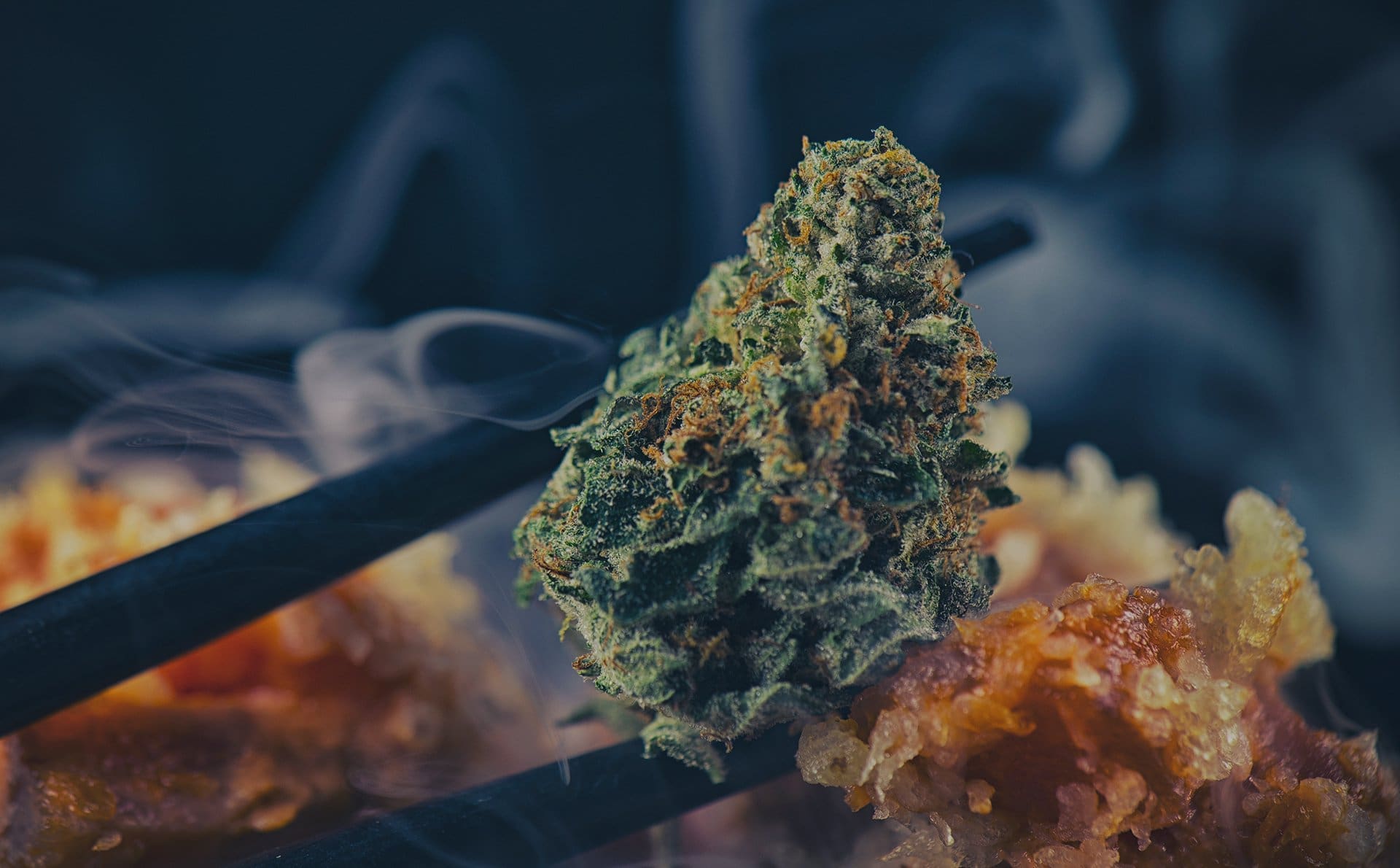
Creating edibles at home is an enjoyable and rewarding way to consume cannabis, whether for medicinal purposes or recreation. However, it requires a careful approach to ensure safety and effectiveness. Here’s a detailed guide on how to make edibles at home.
Understanding Cannabis and Its Effects in Edibles: Cannabis contains various cannabinoids, with THC (tetrahydrocannabinol) and CBD (cannabidiol) being the most well-known. THC is psychoactive, providing the “high,” while CBD is non-psychoactive, often associated with calming and medicinal benefits. When making edibles, understanding the effects of these cannabinoids is crucial to tailor the experience to your needs.
1. Decarboxylation: Activating Cannabis: Before cannabis can be effectively used in cooking, it needs to go through a process called decarboxylation. This process involves heating cannabis to a specific temperature to activate the THC or CBD. Typically, this is done by spreading your cannabis evenly on a baking sheet and heating it in an oven at around 220-245°F (105-120°C) for 30-40 minutes. This step is vital as it transforms the cannabinoid acid (THCA) into the psychoactive THC, making it ready for infusion.
2. Choosing the Right Strain: Different cannabis strains produce different effects, flavors, and potencies. Some strains might be higher in THC, suited for those looking for more potent psychoactive effects, while others might be higher in CBD for those seeking relief without intense high. Researching strains and their effects can help tailor your edibles to your desired outcome.
3. Infusing Cannabis: The most common way to infuse cannabis into edibles is through fats like butter or oil. THC and CBD are fat-soluble, making them perfect for binding with fats. To infuse, you’ll need to simmer your decarboxylated cannabis with butter or oil at low heat for several hours, allowing the cannabinoids to infuse into the fat. After infusion, the mixture is strained to remove plant material, leaving you with cannabis-infused butter or oil that can be used in any recipe that calls for regular butter or oil.
4. Dosage and Potency: Calculating dosage can be tricky but is crucial for a safe and enjoyable experience. Consider the potency of the strain you’re using and the amount of cannabis you’ve infused into your butter or oil. It’s typically recommended to start with a small dose, especially if you’re new to edibles, as they can be significantly more potent and longer-lasting than other forms of consumption. The effects can take anywhere from 30 minutes to 2 hours to kick in and can last several hours.
5. Cooking with Cannabis: Once you have your infused ingredient, you can start cooking. Begin with simple recipes like brownies, cookies, or gummies. Ensure even distribution of your cannabis-infused butter or oil to avoid uneven potency throughout the edible. Always stir your mixture thoroughly, and consider using molds for consistent sizing and dosing.
6. Testing and Consuming: Before diving into your homemade edibles, it’s wise to test a small portion to gauge the potency and effect. Wait at least two hours to understand the full impact before consuming more. Remember, the effects of edibles are more prolonged and can be more intense than smoking or vaping.
7. Storage and Labeling: Properly store your edibles in airtight containers, labeled with the date, contents, and potency if known. Keep them out of reach of children and pets, as they can be mistaken for regular food.
8. Safety and Legal Considerations: Always abide by local laws regarding cannabis use and ensure you’re of legal age. Be aware of the laws pertaining to homemade edibles, possession limits, and consumption guidelines. Never drive or operate heavy machinery after consuming edibles.
9. Hosting and Sharing: If sharing your edibles with friends or at a gathering, clearly communicate the potency and ingredients. Ensure everyone is aware that they are consuming cannabis and is comfortable with its effects.
10. Continuous Learning: Making edibles is as much an art as it is a science. As you gain experience, experiment with different recipes, dosages, and strains. Keep up with the latest cannabis culinary techniques and legal changes to enhance your edibles experience.
In conclusion, making edibles at home allows for a personalized, potent, and potentially more health-conscious way to enjoy cannabis. By understanding the process from decarboxylation to dosage and carefully preparing your creations, you can ensure a safe and enjoyable experience. Whether you’re using edibles for medicinal relief or recreational enjoyment, respect the potency, embrace the process, and always consume responsibly.


